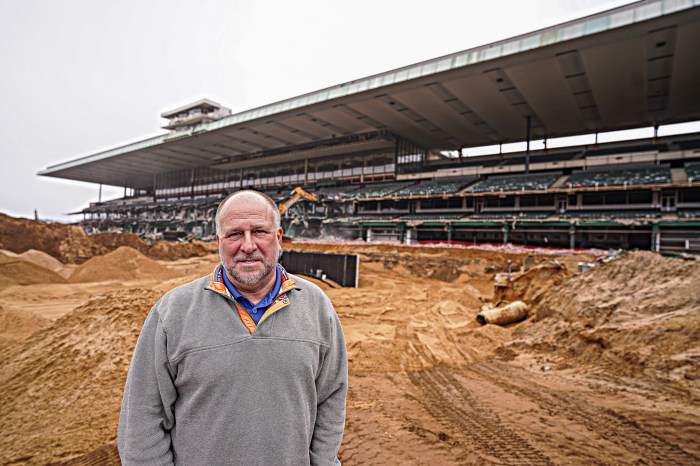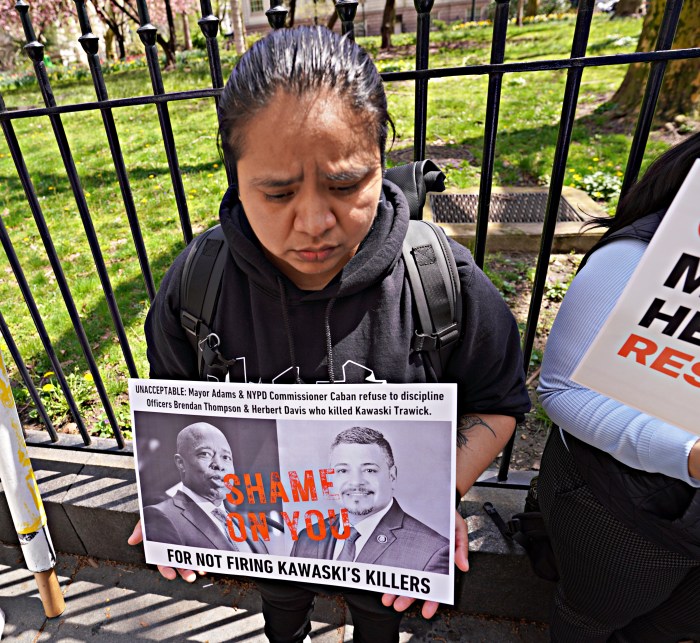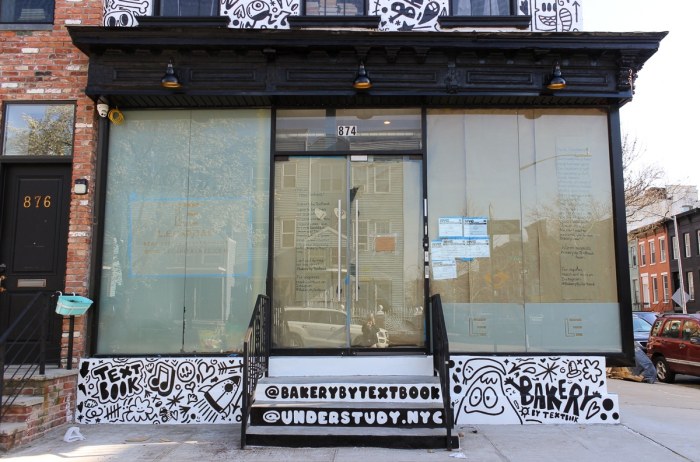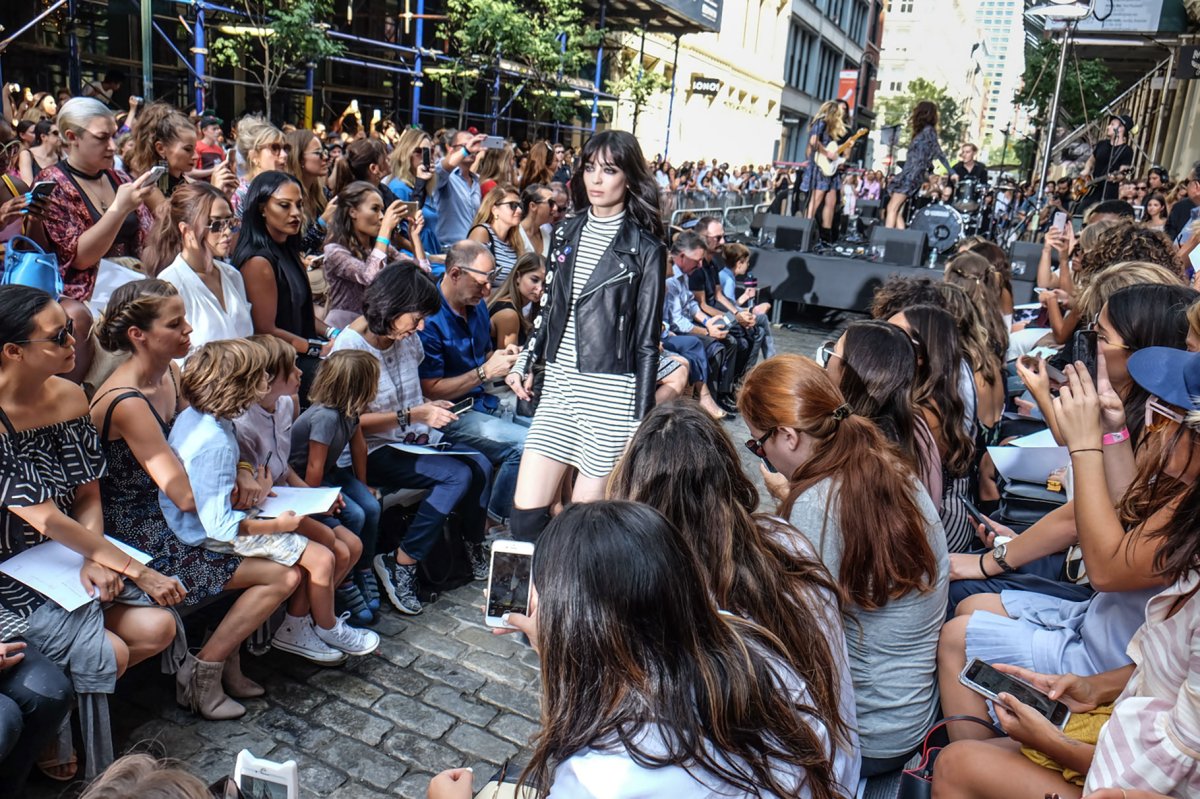
BY ALEX ELLEFSON | Soho residents are furious that the city allowed a designer to take over Greene St. during Fashion Week — despite fierce opposition from the community — and fear that the event opens the door for future disruptions in the neighborhood.
Designer Rebecca Minkoff shut down Greene St., between Spring and Prince Sts., Saturday afternoon to hold a runway show outside her flagship Soho store. The event, which invited more than 800 guests to watch models strut down the catwalk for the debut of Minkoff’s fall collection, clogged the area with street and foot traffic.
“An NFL fullback couldn’t have pushed his way through the crowd,” Sean Sweeney, director of the Soho Alliance, said of the jammed sidewalks around the event. “It was like Times Square on New Year’s Eve.”
The Community Board 2 Quality of Life Committee voted unanimously last month to “strongly” oppose granting a permit for Minkoff’s event. In their resolution, the committee noted that 43 residents sent e-mails and at least a dozen attended the committee’s meeting to express opposition to the outdoor fashion show.
The community objected to closing down Greene St. because it would create further disruptions on the Saturday after Labor Day weekend — one of the busiest days for pedestrian and vehicle traffic in the neighborhood — and might also lead to more applications for similar on-street events in the future, according to the committee’s resolution.
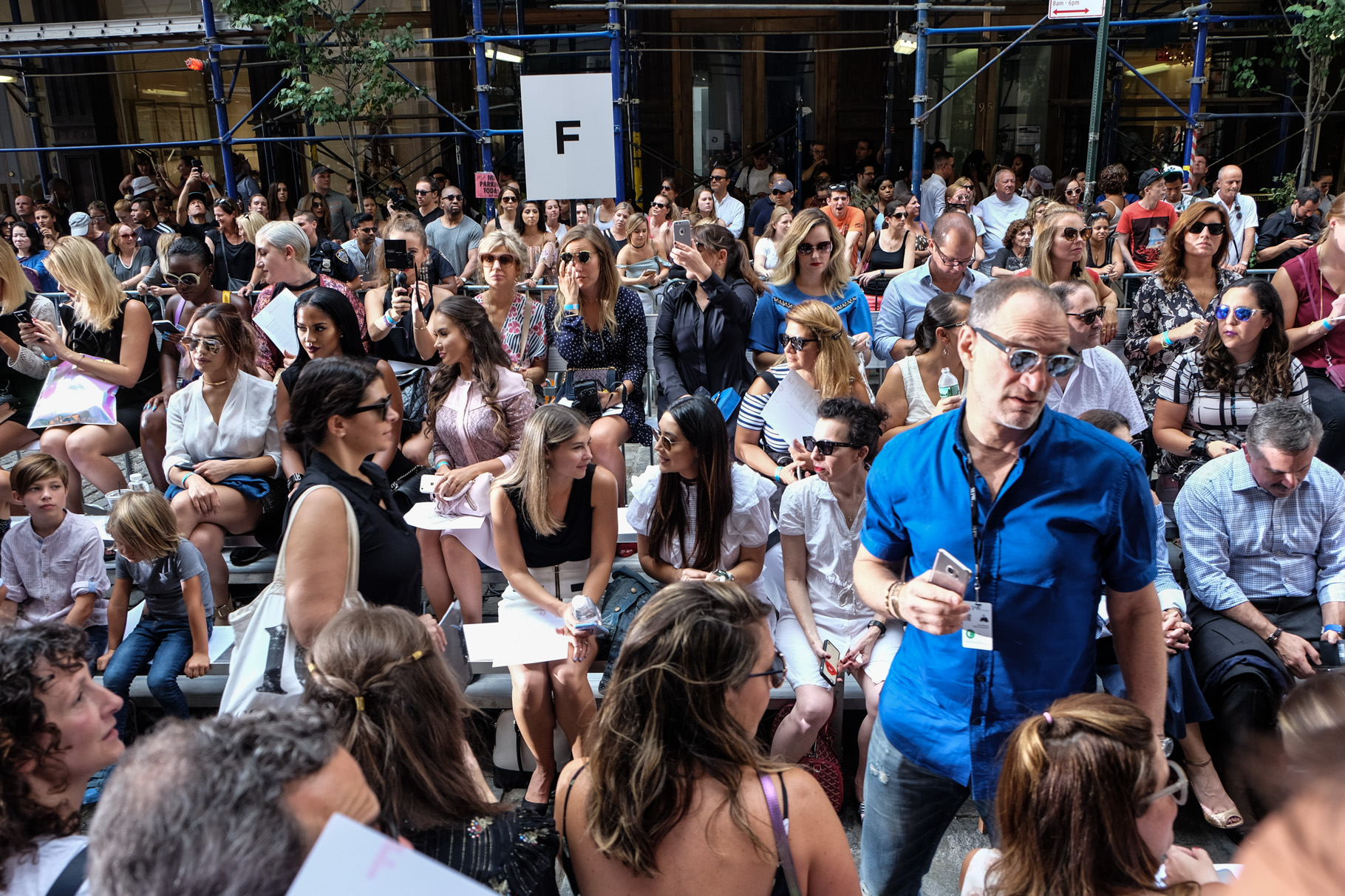
“We already have enough congestion here on the weekends. There is no need for something like this,” said Bo Riccobono, a member of both C.B. 2 and the Soho Alliance. “But the main concern is that this sets a precedent. Who is the next person or business that is going to apply for something like this? Where will it stop?”
Despite the community board’s recommendation, the city’s Street Activity Permit Office gave the go-ahead for Minkoff’s show.
“The city didn’t listen or even pay attention to community concerns in allowing a potentially harmful and disruptive event to take place,” said C.B. 2 Chairperson Tobi Bergman. “SAPO has no idea about how this will impact the community. They just said: ‘This is Fashion Week and we just want to do everything to make Fashion Week a success.’”
Bergman also explained that the community board was concerned the crowded street might turn shoppers away from nearby stores during one the neighborhood’s busiest Saturdays.
“We don’t oppose street events, but we do think they should serve a purpose,” he said. “Why is one business getting to sponsor a street fair that essentially closes everyone else down?”
An inquiry to SAPO about the permit was directed to the Mayor’s Office, which oversees the agency. The Mayor’s Office did not return a request for comment.
Susan Wittenberg, a C.B. 2 member who lives on Greene St., said she left the neighborhood Saturday afternoon to avoid the chaos.
“Everyone in the neighborhood was miserable. You felt like you had to leave or stay inside all day,” she explained.
Wittenberg said the community already experienced enough trauma from Fashion’s Night Out — a booze-fueled promotional event that some said generated more mayhem than commercial activity. The event was canceled in 2013 — one year after a mob trashed a local man’s car near Bleecker St. and Broadway while the driver was still inside.
Wittenberg said Saturday’s runway show could bring more fashion-related events that take over the streets.
“What happens during the next Fashion Week?” she asked. “This opens the door for every other boutique to want an outdoor event promoting their business.”
In response to concerns, the designer did agree to scale down Saturday’s event somewhat, according to the community board resolution. Rather than set up the night before, event organizers agreed to begin preparing for the show Saturday at 8 a.m. and clear away all equipment by 4 p.m. that day. They also agreed not to bring in food trucks or close curb lanes for the event.
However, the application also promised that performers would play acoustic, non-amplified music at the show. Instead, Minkoff brought in a rock band that blared tunes from speakers to hype up the crowd.
Sweeney also said the streets were still cluttered with barricades and other equipment as late as 3:30 p.m.
“I don’t see how they would have cleared everything away by 4 p.m.,” he said.
In February, Minkoff told the New York Observer she hoped to “disrupt” Fashion Week by utilizing a “buy now, wear now” format at her runway show, which allowed customers to immediately purchase clothes worn on the catwalk. The idea boosted annual sales by 200 percent after her spring Fashion Week show. That success inspired the company to consider hosting a runway event outside the Soho store, her brother and the company’s C.E.O., Uri Minkoff, told Business of Fashion.
However, Sweeney said Minkoff, who opened her Soho store in 2014, should take her company’s lofty ambitious someplace else.
“If she wants to disrupt Fashion Week, fine. But don’t disrupt Soho,” said Sweeney. “This brash, upstart fashionista — who only came to the neighborhood a couple of years ago — is trying to capitalize on the style, creativity and panache that we helped create. It shows no respect for the neighborhood.”










